
It’s that time of year. The honeymoon is over, the kids are comfortable with you and one another. One child chats quietly to a neighbor and suddenly the entire class erupts in chatter. You count down, you clap, you use your “firm” voice. Nothing. The talking continues…so what do you do?
Well, let’s start with what NOT to do. It’s a quick and easy list:
- Please don’t yell. It’s so hard, I know.
- Please don’t make idle threats. Kids know an idle threat a mile away.
- Please don’t publicly shame kids. The kids who are acting out are doing so for a reason. Identify the reason, not the child.
So what do you do?
Help Students to Understand They are There to Learn
Over the past few years, I’ve noticed more and more that my students come to music needing a break from the “rigor” of classroom instruction. They come in talkative, in need of some down time or wiggle time. Music inherently can provide those things, but we’re still here to learn. Explain how their work looks different in music than when they are classroom. With their classroom teacher, they may learn a math concept, then practice applying the concept using a worksheet. In music, we learn by listening, by moving, by singing, by creating, by performing, and by improvising. Our work looks and “feels” different, but it’s still important work. This simple explanation helps students to understand that although music is inherently fun, we are always working and learning in class.
Allow Time for Chatter
This sounds so simple, but so hard. My kids know that in transitions, there may be 30-90 seconds of downtime, and that they are allowed to have quiet conversations then. When they see my hand go up, that is their signal to get quiet. And here’s the hard part – the silence isn’t immediate. Think about how many times you are at a staff meeting and chatting with a friend about something. The meeting comes to order, but you need to finish a sentence – our students are the same way. Silence comes in a few seconds. It’s ok, they will get quiet.
Be Consistent with the Language You Use
Many schools have a PBIS program in place and use common language across classrooms for behavior and expectations. Embrace it! I’ve taught for 21 years in a variety of settings. The most success I’ve had in my career is when all of our staff worked together to identify, implement, and use consistent language with our students. My kids know that the same language, expectations and consequences will occur in my room as in the classroom. Suddenly, classroom issues went by the way.
Do the Unexpected – Get Quiet
This sound so silly. Our usual response to a chatty class is to yell over them. Stop. Get quiet. Lower the lights. When they finally quiet, talk even quieter than them. You are the leader of your classroom and have control over the volume of conversation. Bring it down a notch. I’m always amazed at how calm my students become once I bring my own voice level down as well.
Don’t Point Out Children
Ok, so this has nothing to do with the kids who talk or misbehave. This is about the kids who are always doing the right thing. Don’t using them as the example. For some kids, this can be embarrassing. For others, this can make them a target. Instead, try the idea below.
Use Phrases that Support Everyone in the Classroom
I have two favorite phrases to use in my class. The first is simple: “check yourself.” I may say it for one child in particular, but the reality is that every child in my room has something they can check on before the learning starts. I may have a child who needs to stop talking, another who needs to adjust how they are seated, and another who may “appear perfect” but who’s mind is wandering. We all have something we can check. My second favorite phrase is “make a match.” Again, simple and to the point and without pointing a child out. Make a match simply means find someone with whom you can match your behavior. Make a match to someone sitting correctly. Make a match to someone keeping the steady beat. Make a match to someone using their singing voice. I never say who we should be matching because the reality is that the children already know. And what one child needs to match may not be what another needs.
When all else fails, check your relationship meter
This is the hardest one of all. When I have a child that consistently is problematic in my classroom, it mostly likely isn’t the child – it’s me. Take a breath, I know. It’s a difficult thing to admit. Let’s be honest – a child who is acting out in our classroom is seeking something, right? When they can’t get positive attention, then negative attention is the next best thing. Negative attention comes when my relationship with that child is not healthy. My students need to know I care about them deeply and sometimes music is the last thing on their mind.
Some of my kids come to school to be safe, to get a meal, to get a hug. They come to school for connection. When my students are disconnected from me, the behavior problems escalate. And I know what you’re going to say – how can I possibly connect with 500, 600, 800 students? My best advice is to greet your kids. My teachers know that my kids may not come into my classroom until invited. The reason I do it is because I want to greet every child as they come in. I say hello to every child as they enter, I compliment a new haircut, a smile, a child doing the right thing. I notice new tennis shoes, a beautiful dress, a superhero sweatshirt. The smallest compliment can make all the difference.
And one last word – I know we all have different situations and populations. I’ve taught in public schools with extreme poverty and elite private schools. My low-income kids in Philadelphia didn’t behave any different than my suburban kids in Houston. Here’s what I’ve learned in my 20+ years – we all want to be validated. We all want someone to notice us and care. Every time I’ve showed a child I care, the behavior got better.

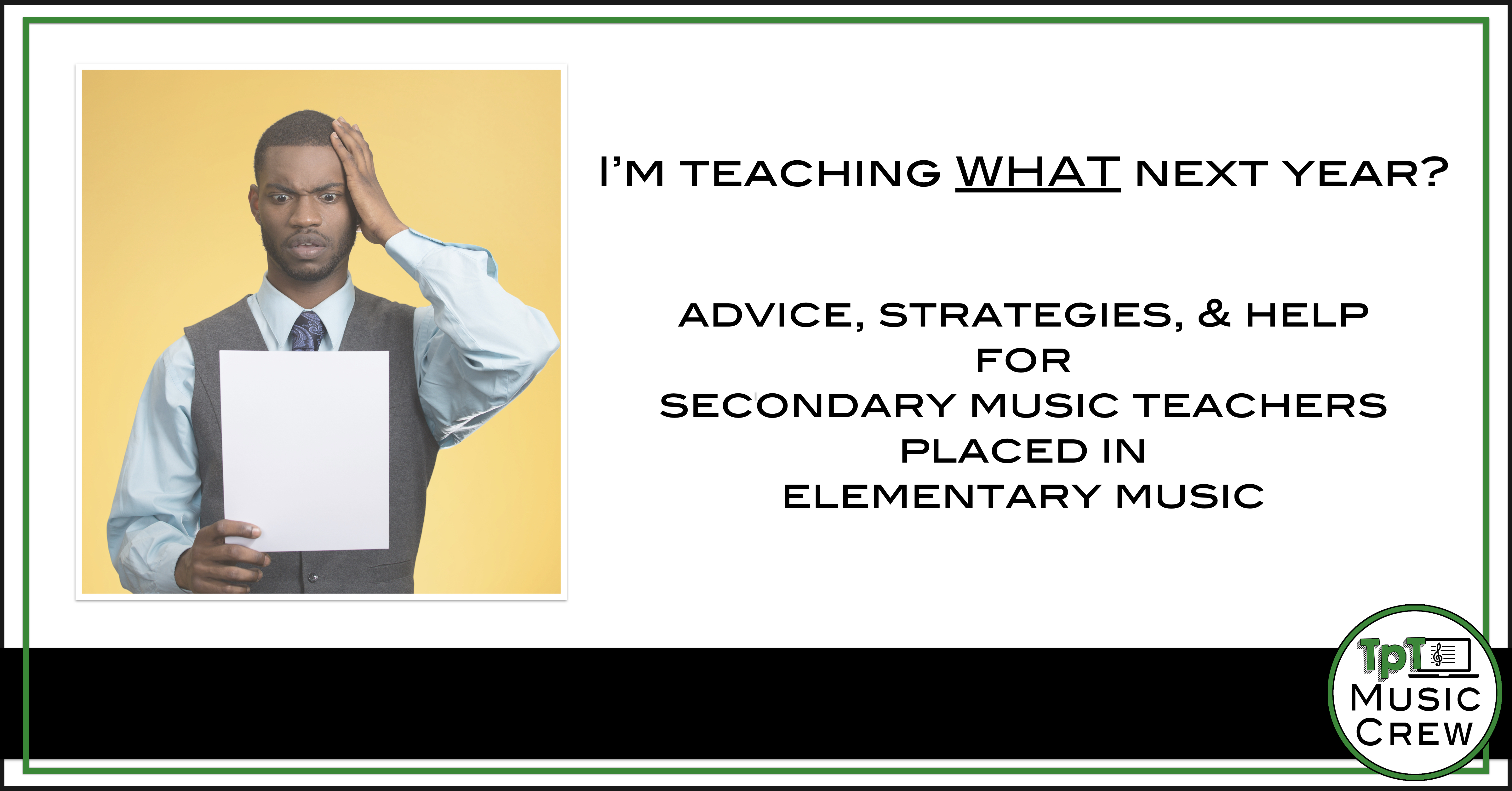


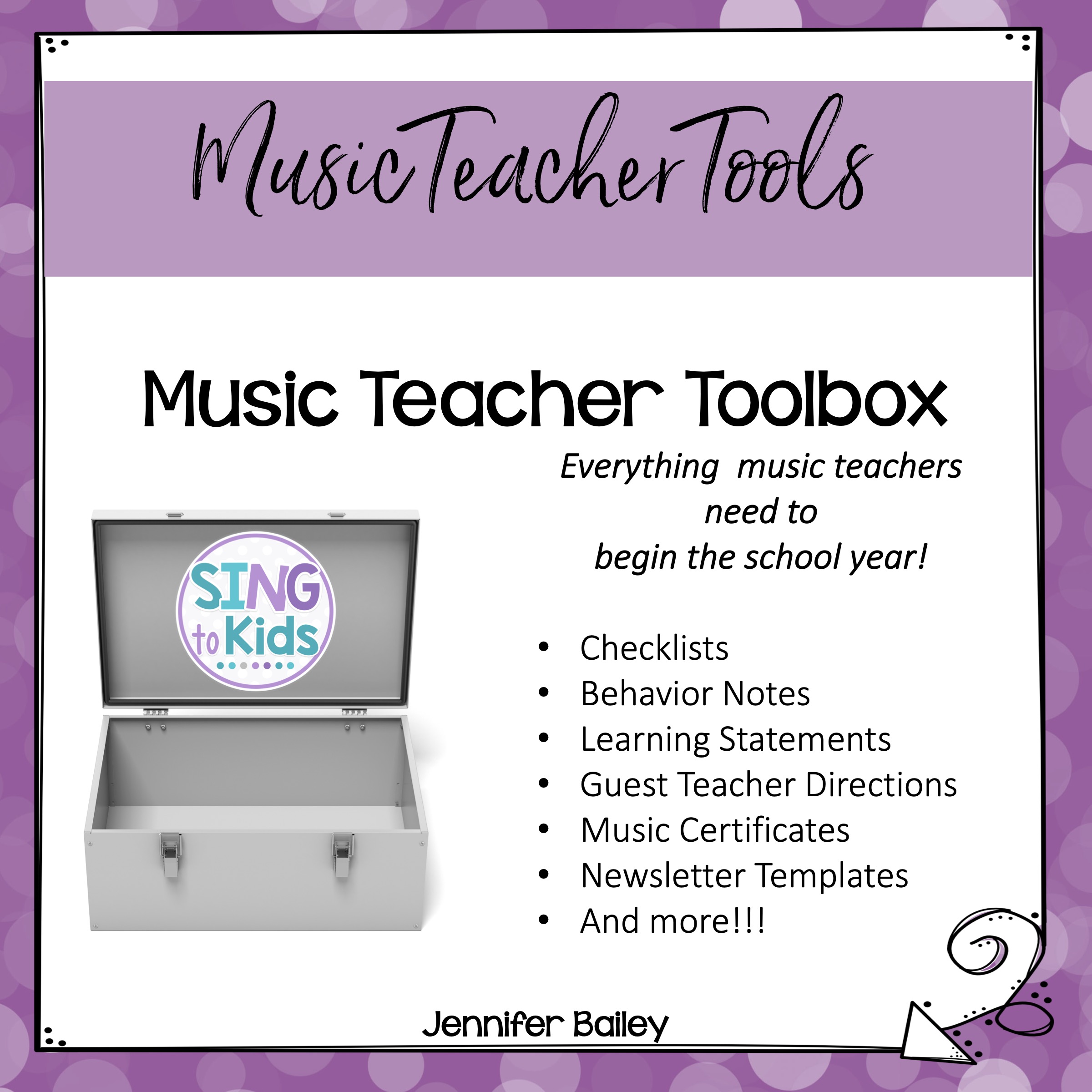

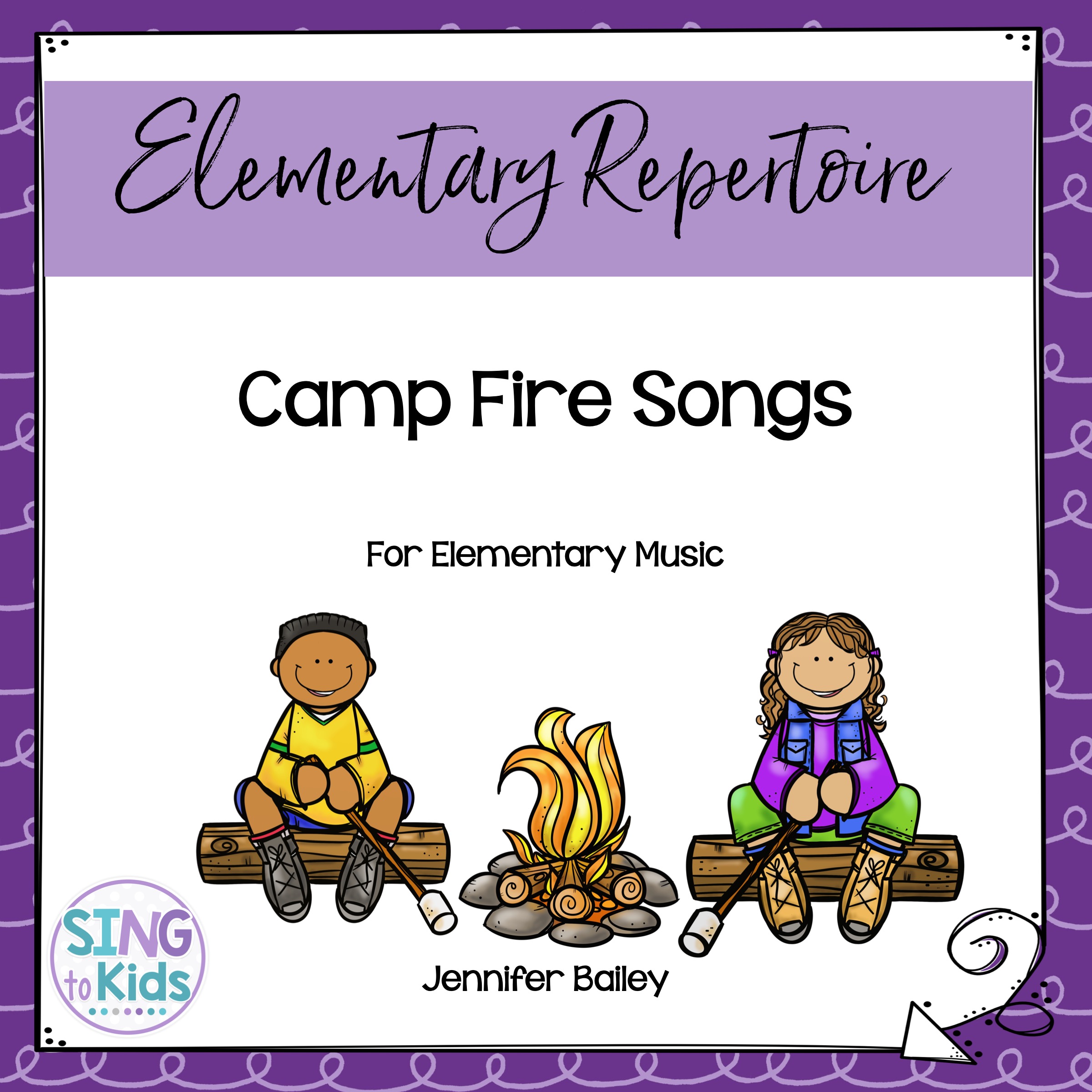
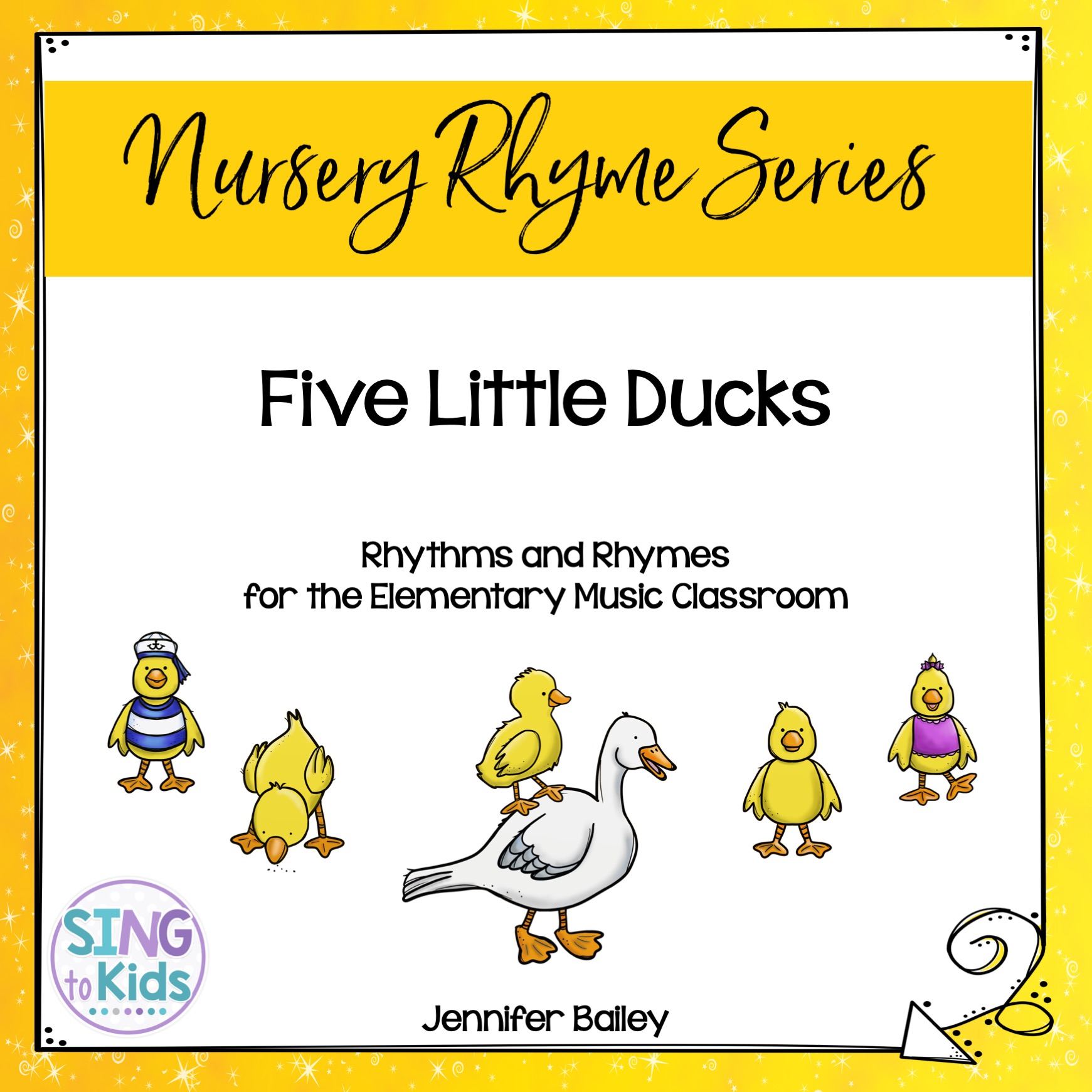
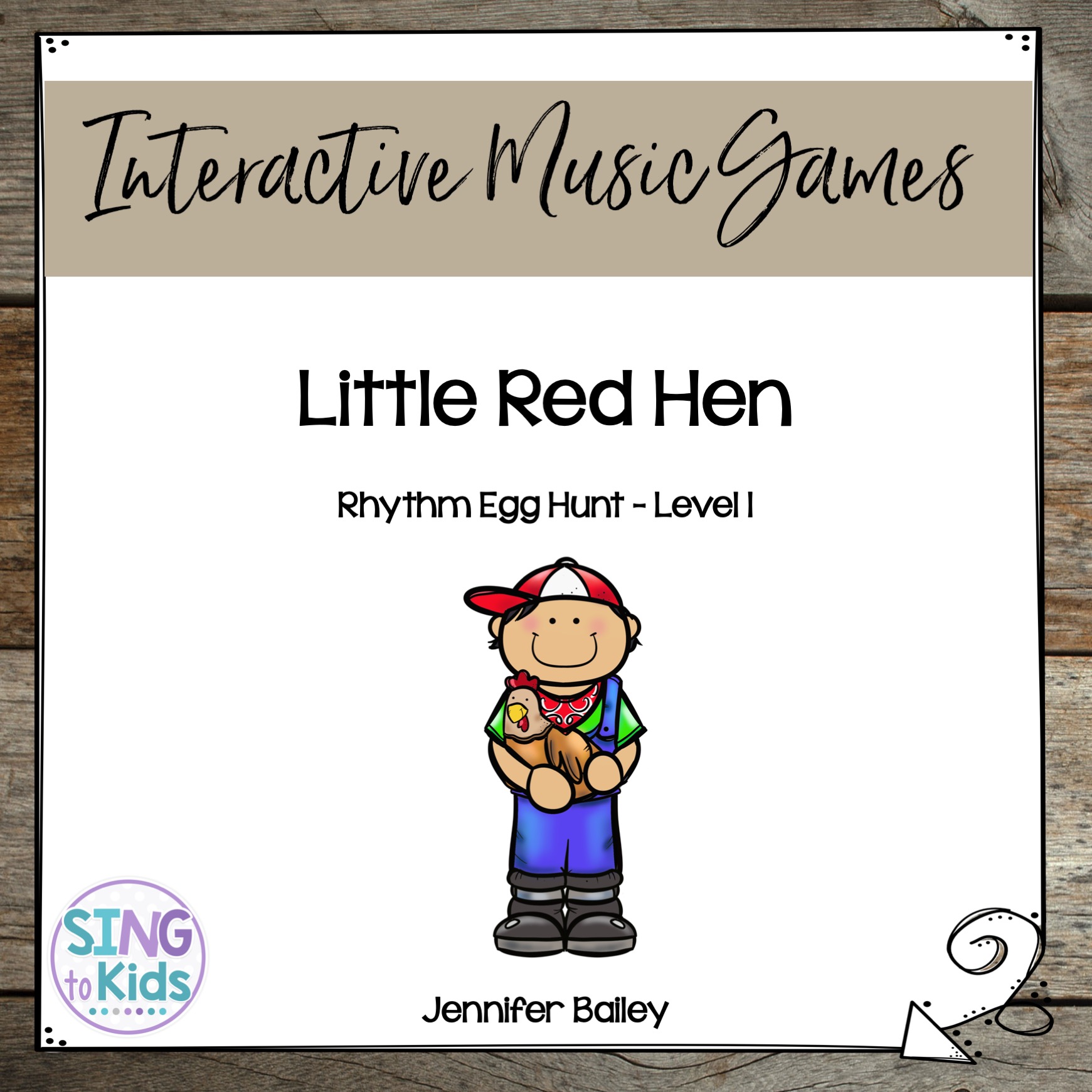
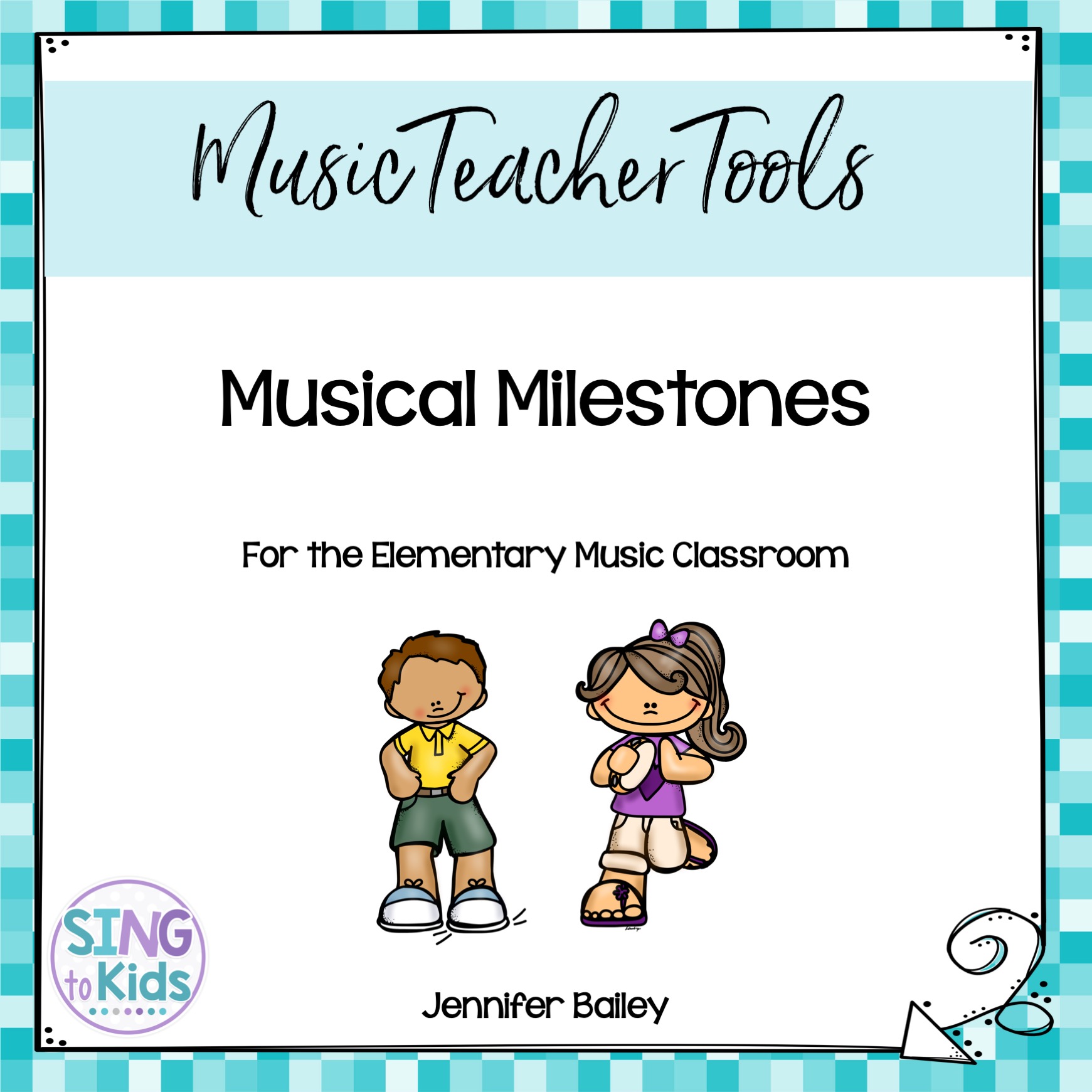
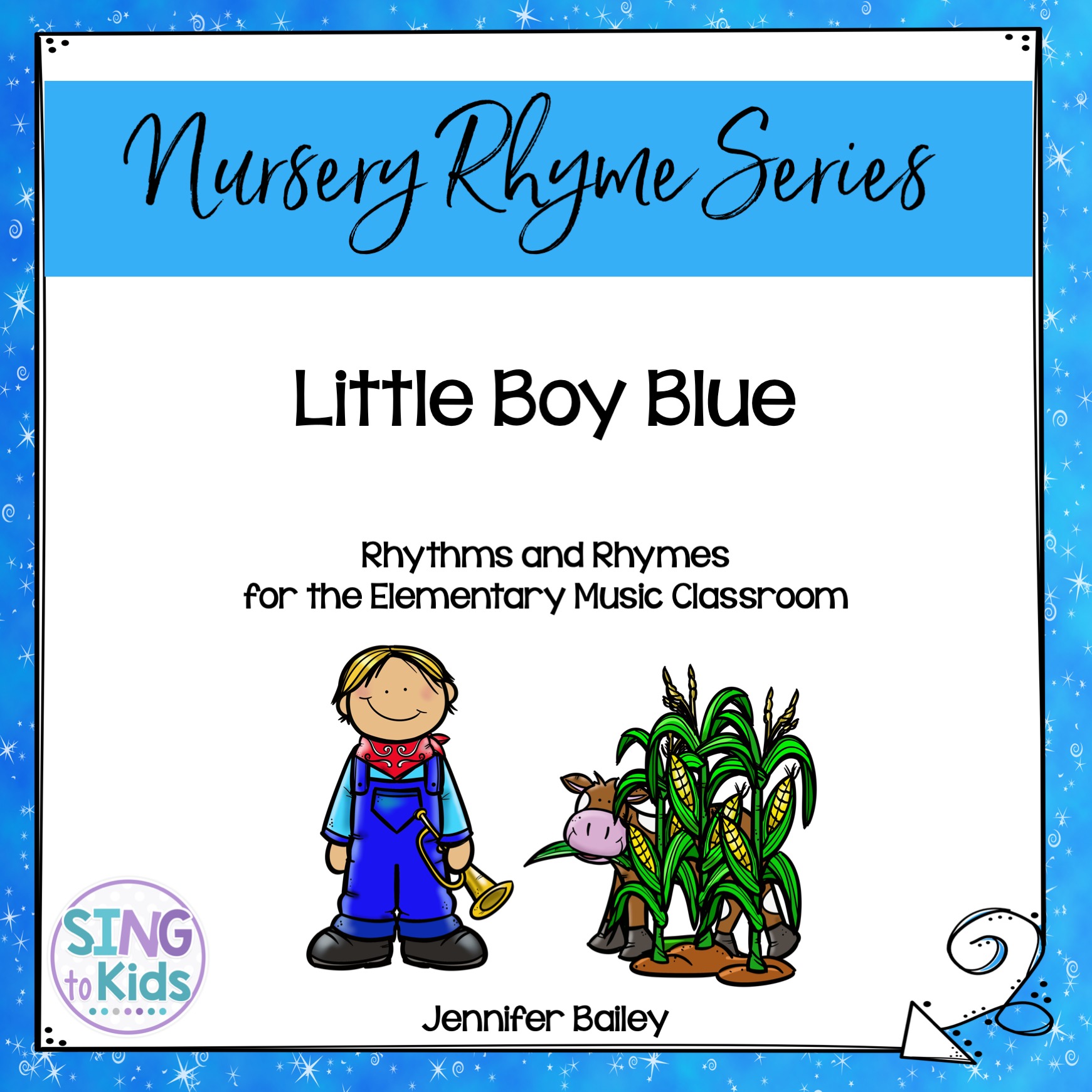
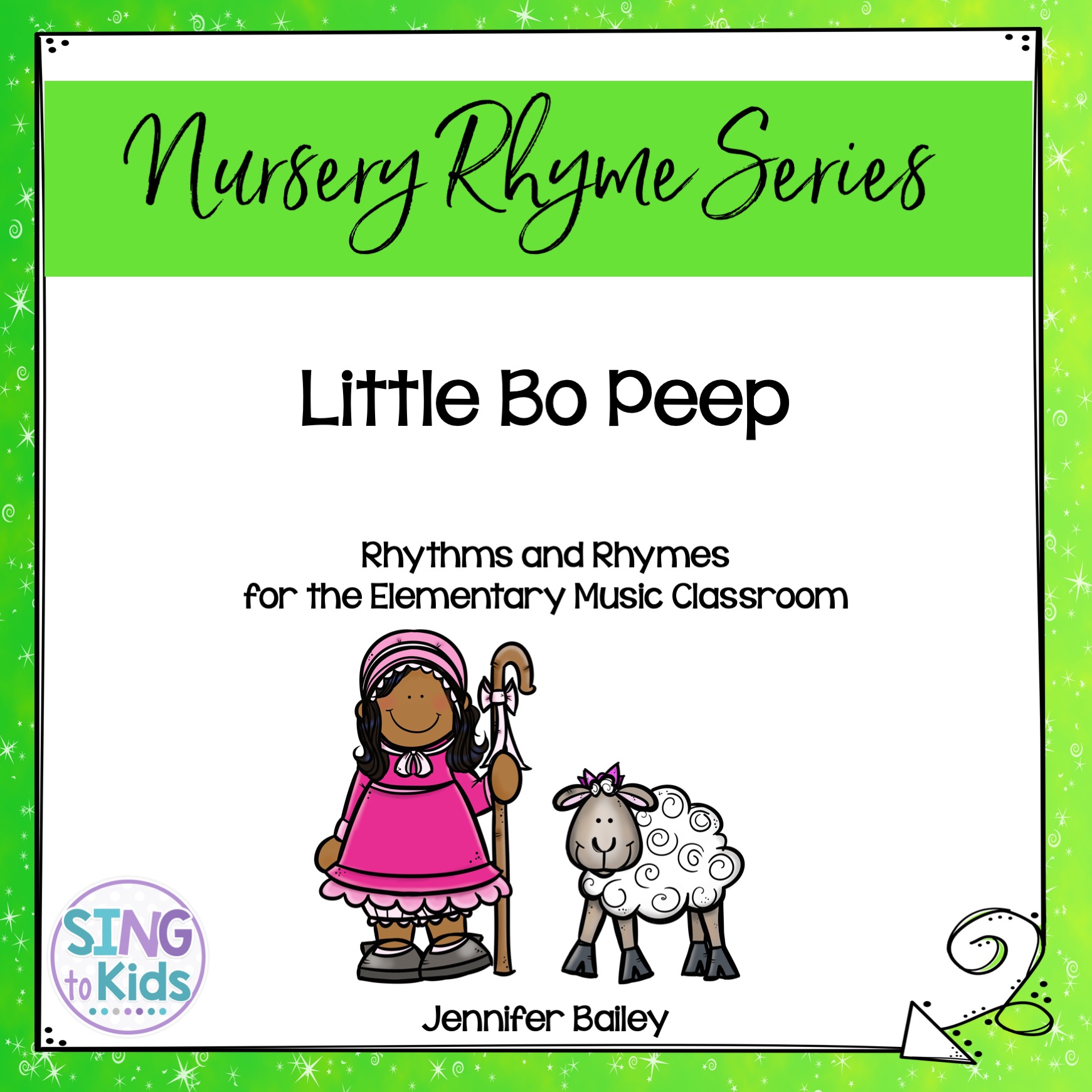
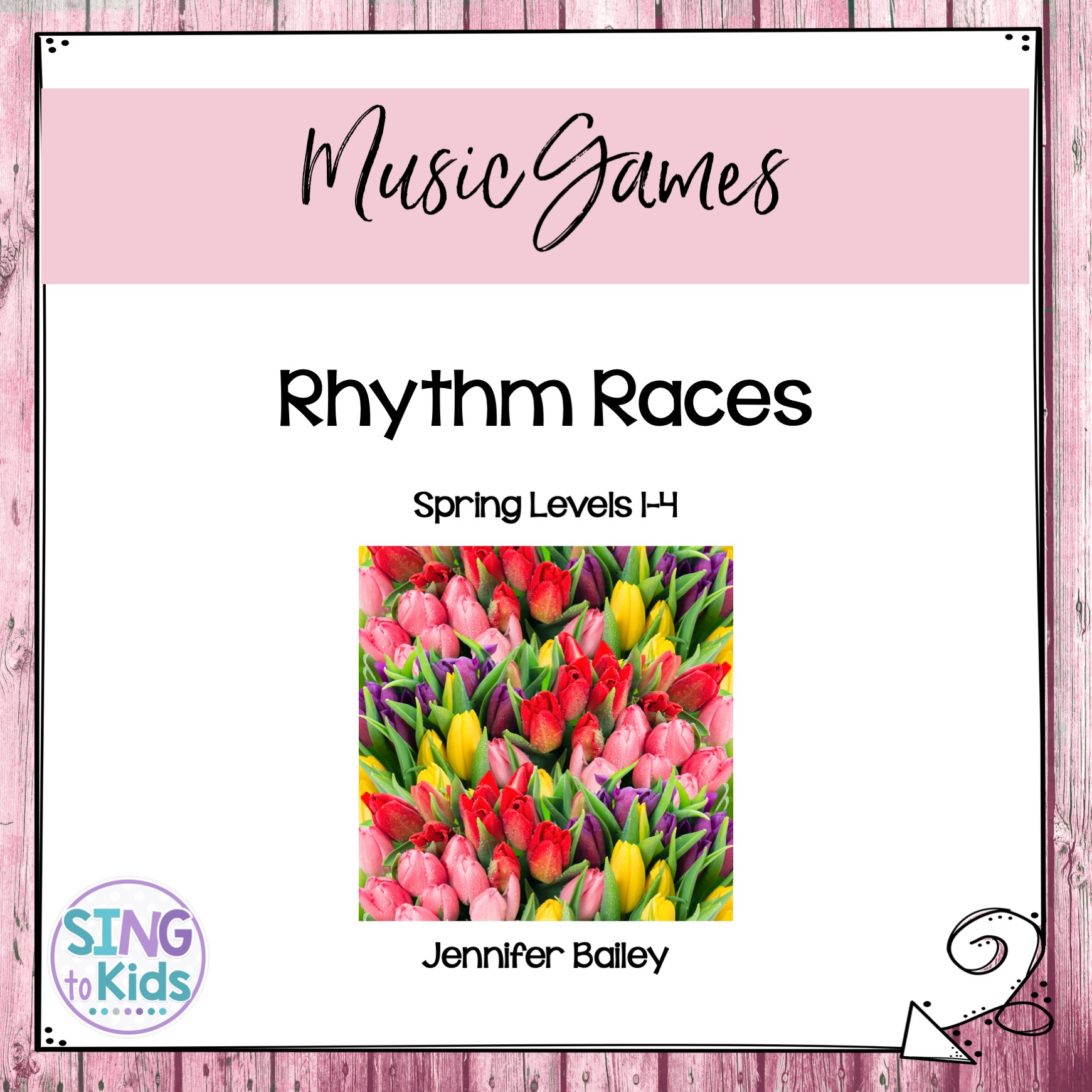
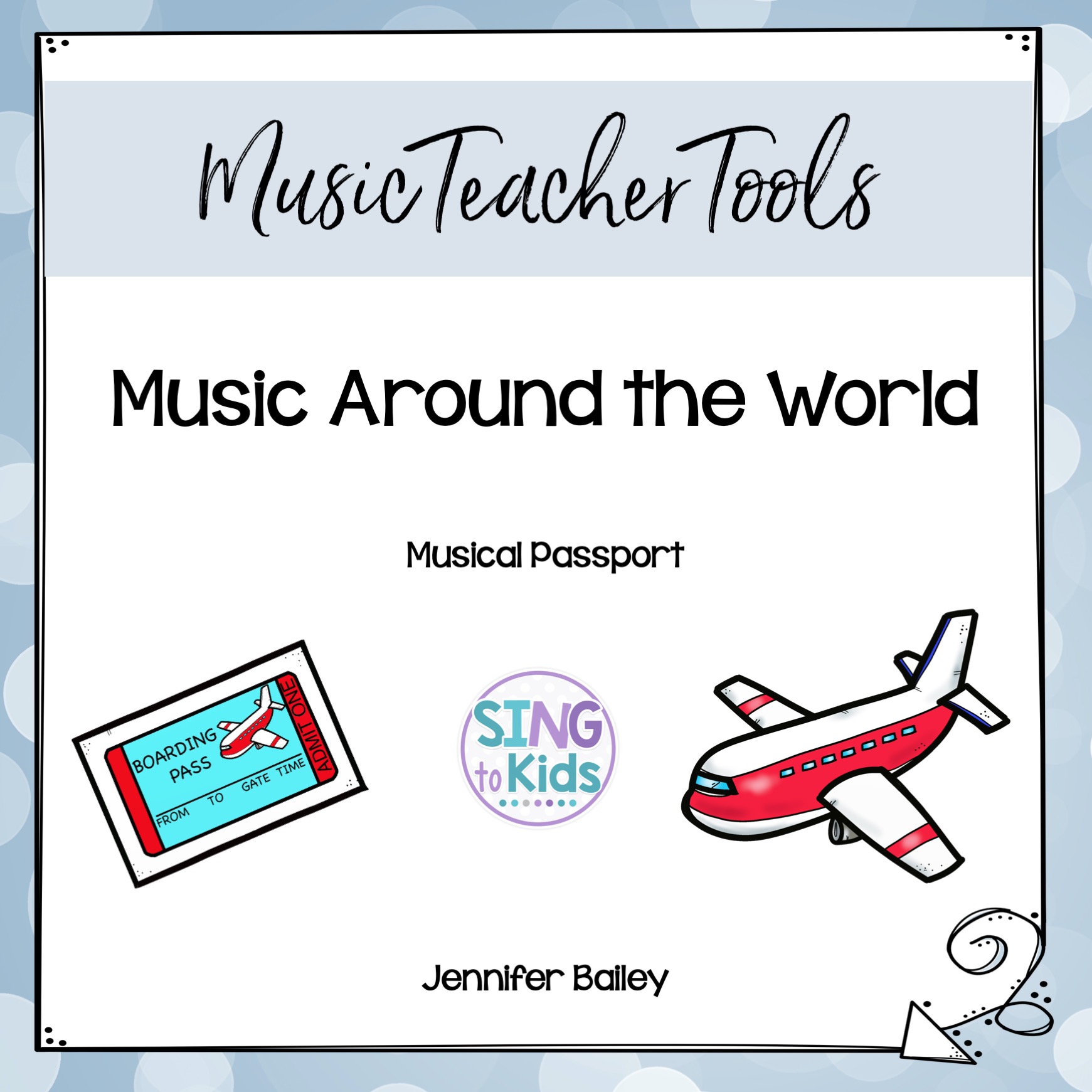
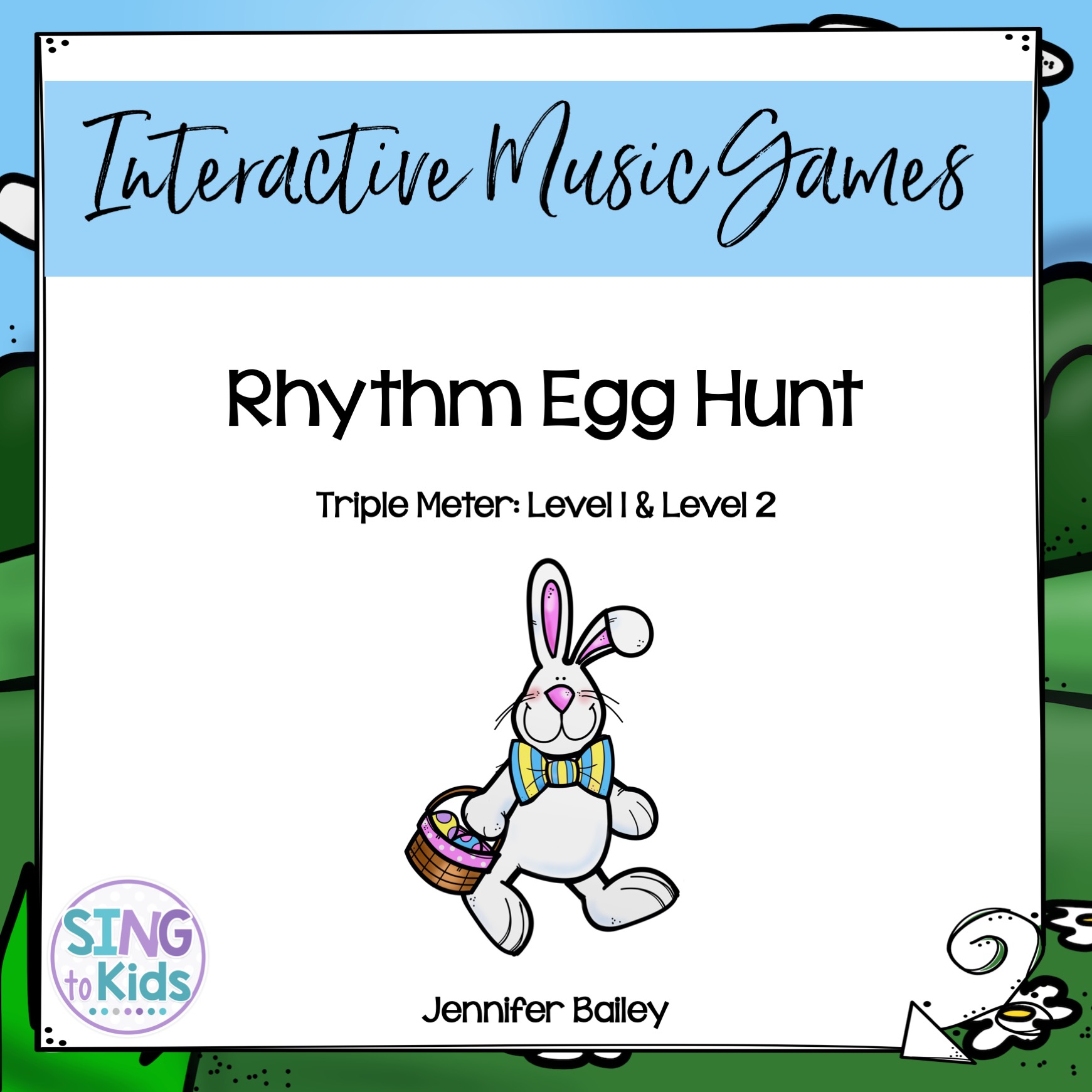
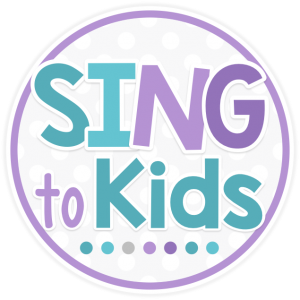

How can i integrate Music in Leader in me.